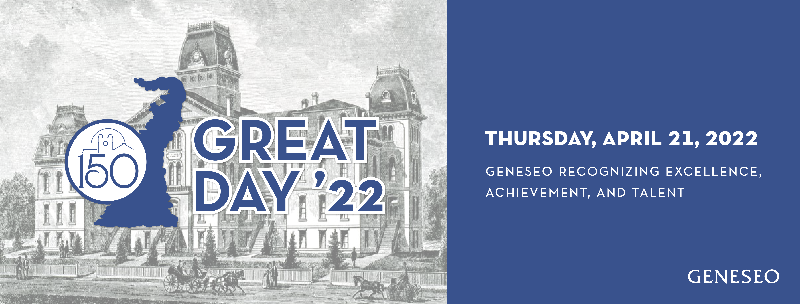
Submission Type
Poster
Start Date
4-21-2022
Abstract
The search for alternative ways to create a more sustainable and environmentally friendly source of energy, other than fossil fuels, has been ongoing for many years. Particularly, the production of biofuels has become of interest. First generation biofuels were of interest as they curb greenhouse gas emissions, unlike fossil fuels. However, first generation biofuels lead to the increase in food prices as they utilize food sources toward biofuel production, which negatively impacts developing countries. To mitigate this issue, second generation biofuels are a more appealing alternative. Second generation biofuels aim to not affect the food supply, as they use non-human food sources. Furthermore, second generation biofuels are relatively inexpensive and also curb greenhouse gas emissions. This project specifically focuses on the bioethanol production from rice husks, as they are abundant and free biomass. For this project, a unique class of solvents, ionic liquids, are employed in the pretreatment process. An ionic liquid (1-Butyl-3-methylimidazolium chloride) was used for the pretreatment of the rice husks to yield glucose. To determine the effectiveness of second generation biofuels derived from rice husks, glucose quantification is a necessary step. Two methods that allow for the quantification of glucose concentration are dinitrosalicylic acid (DNS) analysis and the standard addition method. Through the analysis of each method, it can be determined if DNS analysis and the standard addition method are reliable glucose quantification procedures. The results are presented and discussed herewith.
Recommended Citation
Vogler, Dineen, "245 -- Bioethanol Production:Glucose Testing and Quantification using DNS analysis and Addition Analytical Methods" (2022). GREAT Day Posters. 88.
https://knightscholar.geneseo.edu/great-day-symposium/great-day-2022/posters-2022/88
245 -- Bioethanol Production:Glucose Testing and Quantification using DNS analysis and Addition Analytical Methods
The search for alternative ways to create a more sustainable and environmentally friendly source of energy, other than fossil fuels, has been ongoing for many years. Particularly, the production of biofuels has become of interest. First generation biofuels were of interest as they curb greenhouse gas emissions, unlike fossil fuels. However, first generation biofuels lead to the increase in food prices as they utilize food sources toward biofuel production, which negatively impacts developing countries. To mitigate this issue, second generation biofuels are a more appealing alternative. Second generation biofuels aim to not affect the food supply, as they use non-human food sources. Furthermore, second generation biofuels are relatively inexpensive and also curb greenhouse gas emissions. This project specifically focuses on the bioethanol production from rice husks, as they are abundant and free biomass. For this project, a unique class of solvents, ionic liquids, are employed in the pretreatment process. An ionic liquid (1-Butyl-3-methylimidazolium chloride) was used for the pretreatment of the rice husks to yield glucose. To determine the effectiveness of second generation biofuels derived from rice husks, glucose quantification is a necessary step. Two methods that allow for the quantification of glucose concentration are dinitrosalicylic acid (DNS) analysis and the standard addition method. Through the analysis of each method, it can be determined if DNS analysis and the standard addition method are reliable glucose quantification procedures. The results are presented and discussed herewith.


Comments
Sponsored by Barnabas Gikonyo